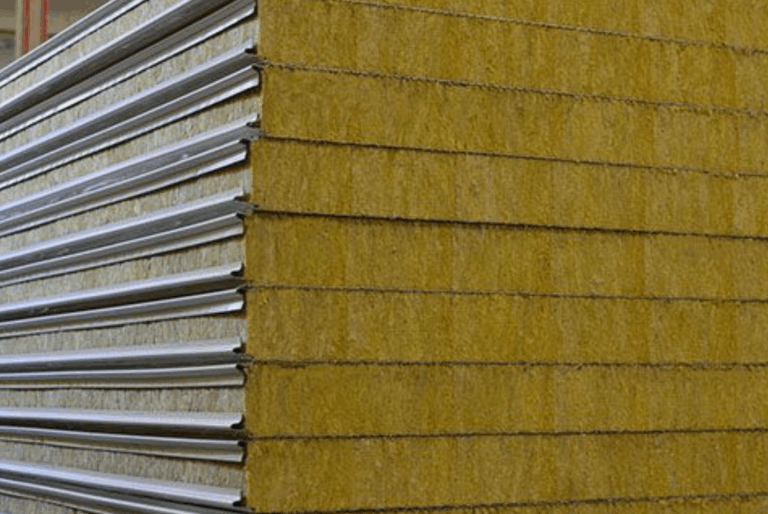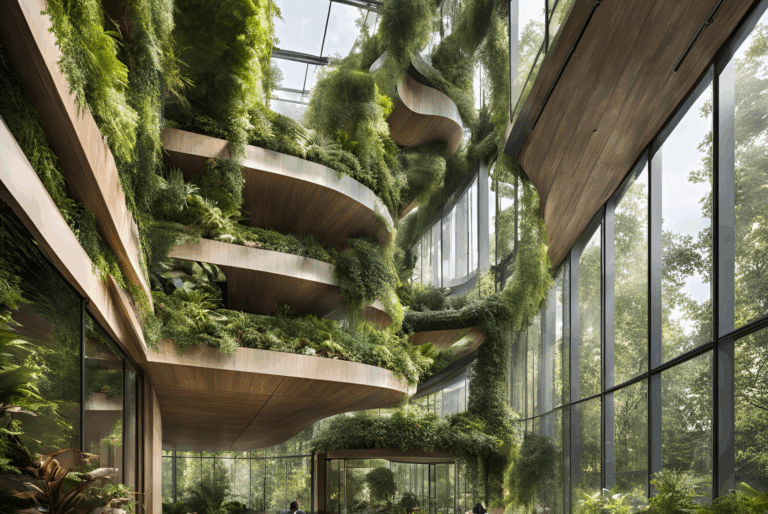Sustainable building ain’t just a passing fad; it’s a rising tide reshaping how we construct our cities and homes. In recent years, there’s been a mighty shift towards environmentally friendly and socially responsible building practices. This movement is driven by a variety of factors, including stricter environmental regulations, heightened consumer awareness, and a surge in demand for energy-efficient and healthy living spaces.
The significance of sustainable building
Sustainable building takes a holistic approach, from the initial blueprints to the eventual deconstruction and recycling of materials. At its core, it aims to minimize the environmental impact of buildings while crafting spaces that are healthy, energy-efficient, and cost-effective in the long haul.
Key drivers of sustainable building
Several factors are fueling the adoption of sustainable building practices. Firstly, there’s a growing recognition of the need to reduce our carbon footprint and combat climate change. Governments ’round the globe are tightening up environmental regulations, incentivizing builders to go green.
Secondly, folks are becoming more mindful of the environmental and health impacts of the buildings they inhabit. There’s a rising demand for energy-efficient and eco-friendly homes, driven by concerns about indoor air quality, energy costs, and overall well-being.
Lastly, sustainable building offers hefty economic benefits, for both developers and end-users. By incorporating energy-efficient design features and renewable energy sources, buildings can slash operating costs and boost long-term value.
Key features of sustainable building
- Energy efficiency: One of the cornerstones of sustainable building is energy efficiency. Buildings are designed to minimize energy consumption during both construction and operation. This includes top-notch insulation, energy-efficient appliances, and smart design strategies to harness natural light and airflow. Learn more about Passive House principles and their benefits.
- Use of sustainable materials: Sustainable building prioritizes the use of renewable, recycled, and low-impact materials. This includes materials like certified wood, recycled glass, and low-VOC paints and adhesives. By using eco-friendly materials, builders can shrink the carbon footprint of their projects and promote resource conservation.
- Waste management: Sustainable building puts a strong focus on waste reduction and recycling. Builders are encouraged to cut down construction waste by adopting efficient building practices and recycling materials whenever possible. This not only reduces landfill waste but also conserves valuable resources and lessens the environmental impact of construction projects. Explore techniques for minimizing construction waste through effective recycling practices.
- Water conservation: Water conservation is another crucial aspect of sustainable building. Buildings are designed to minimize water usage through water-efficient fixtures, rainwater harvesting systems, and drought-resistant landscaping. By slashing water consumption, sustainable buildings can help conserve this precious resource and mitigate the impacts of water scarcity.
Sustainable building ain’t just a trend – it’s a shift towards a more environmentally responsible and socially conscious approach to building. By prioritizing energy efficiency, using sustainable materials, managing waste effectively, and conserving water, we can craft buildings that are not only better for the planet but also healthier and more cost-effective for their occupants. As the demand for sustainable building continues to grow, it’s vital for builders, developers, and policymakers to embrace these practices and work towards a more sustainable future.





